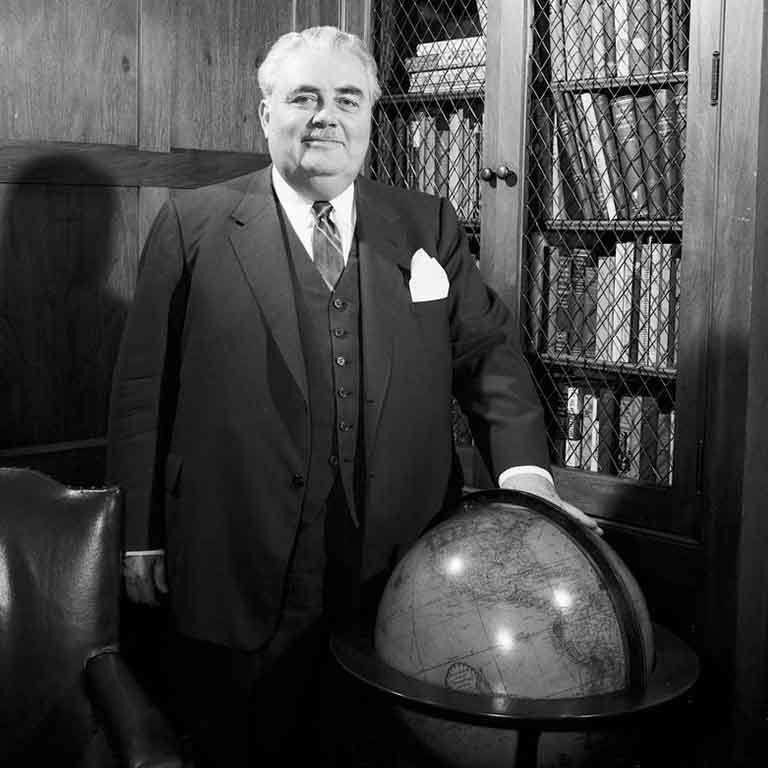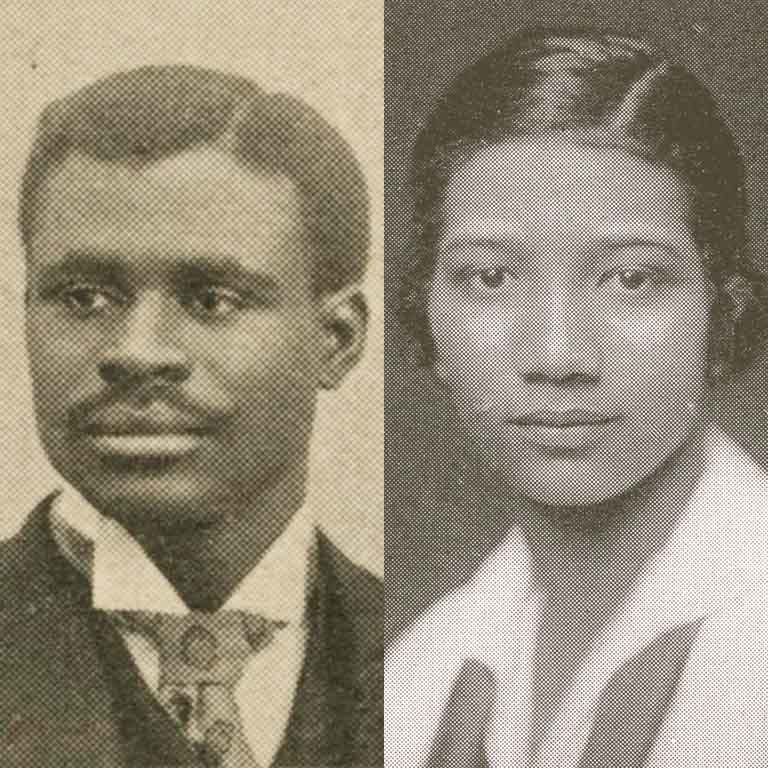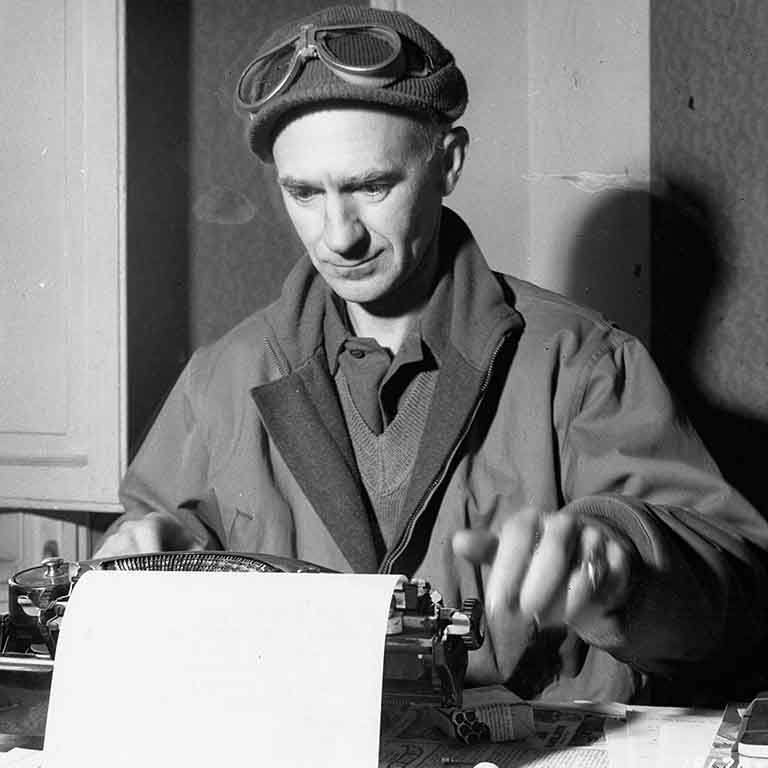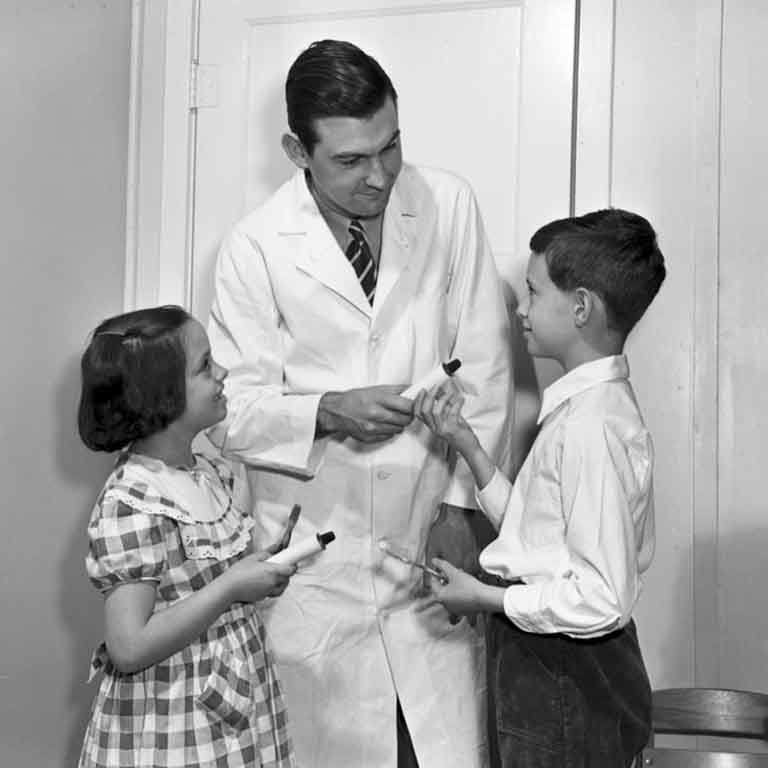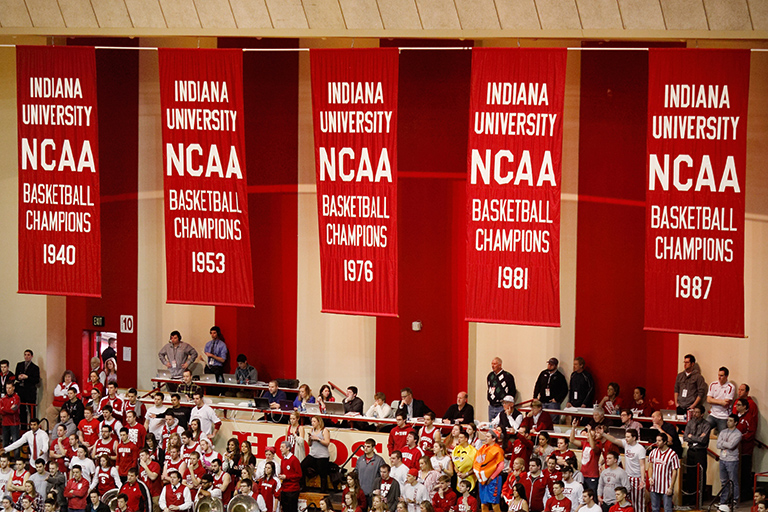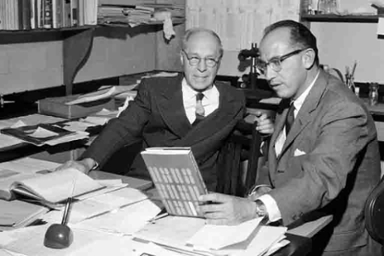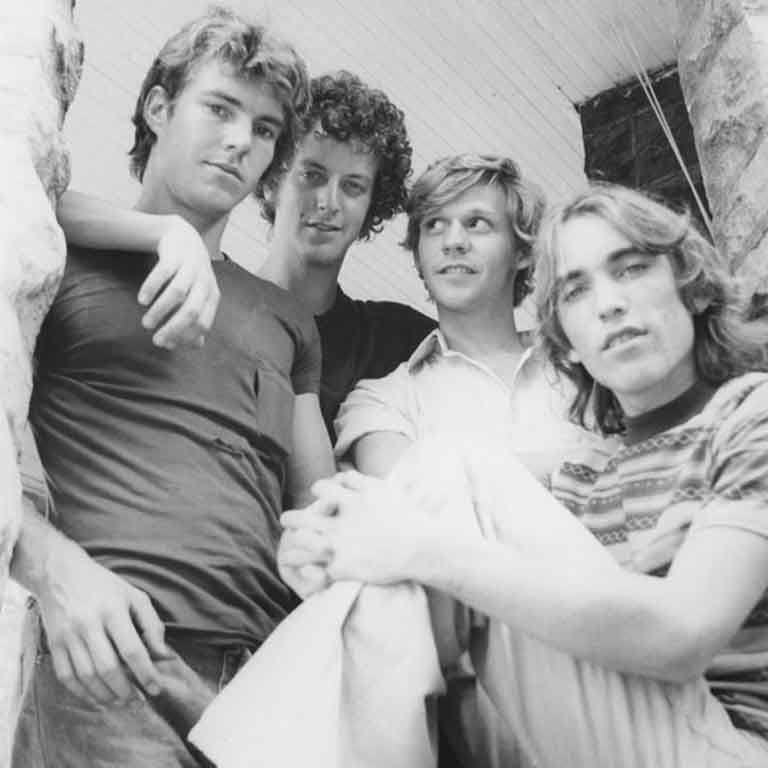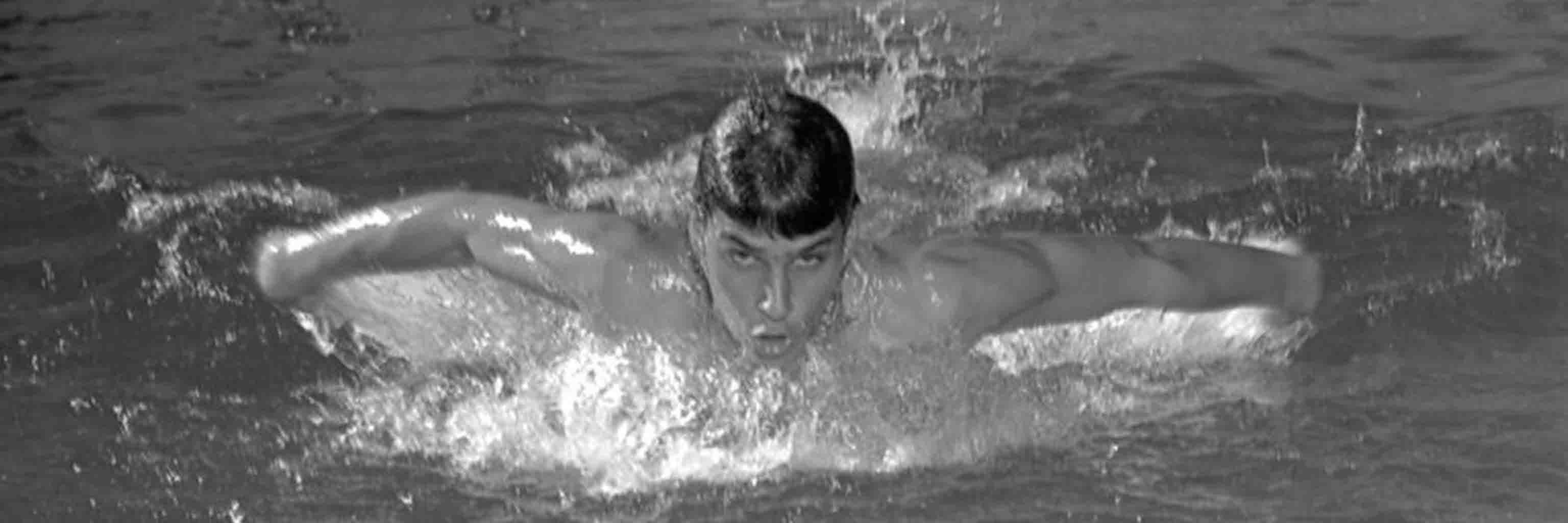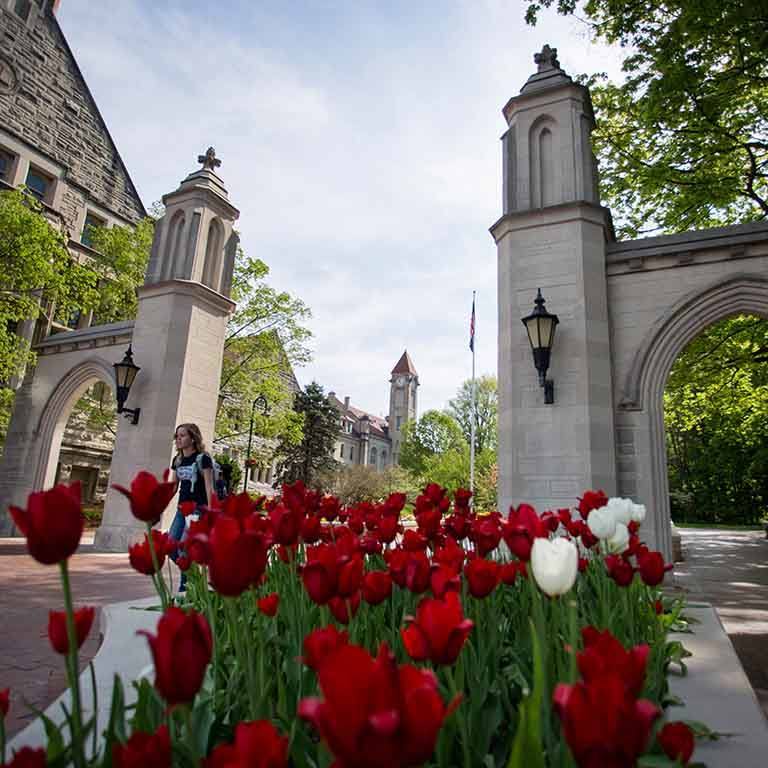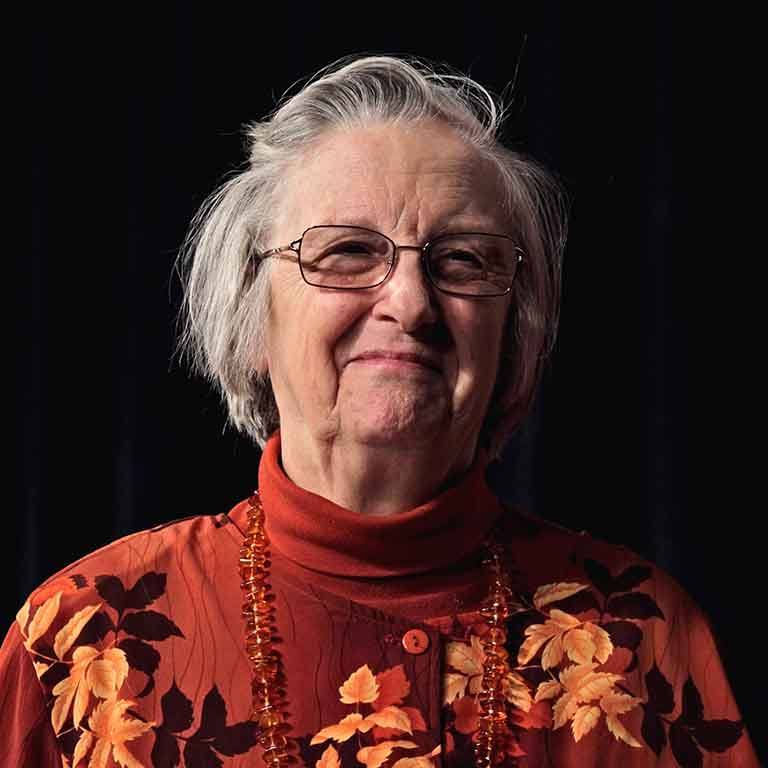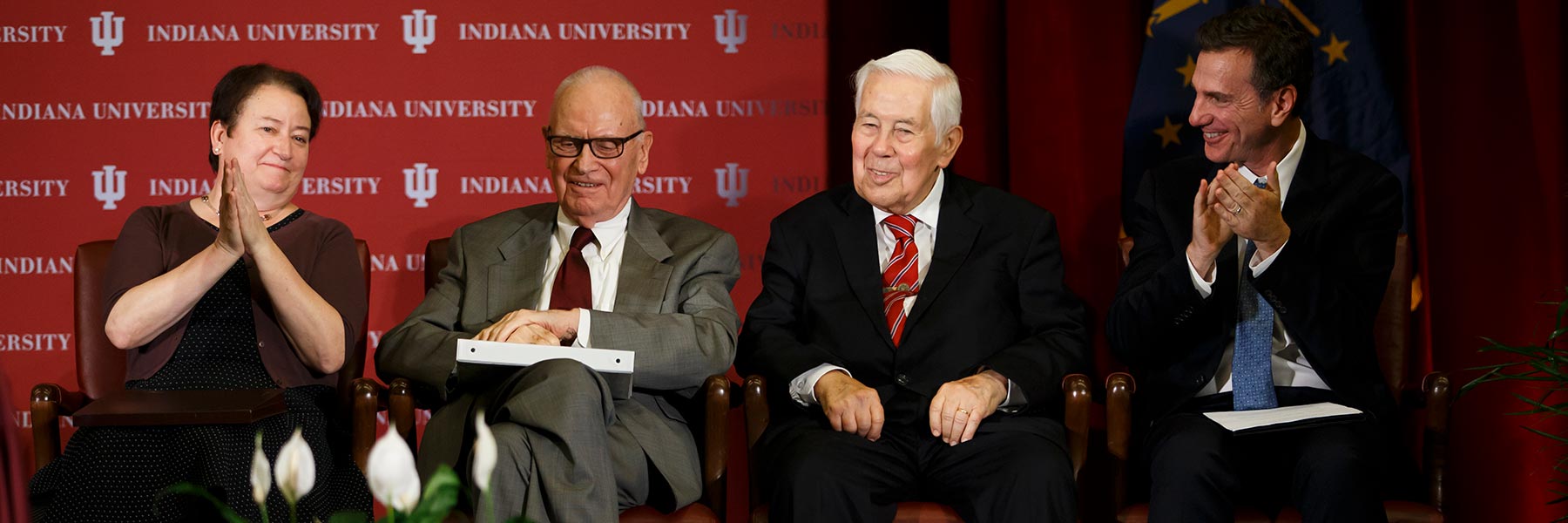2011–Present
2011: The IU Cinema is dedicated. The 9/11 Commission reconvenes on campus.
2012: IU is named 17th in the nation in total voluntary support rankings by the Council for Aid to Education. Lauren Robel is named provost and executive vice president. The IU trustees approve a new School of Global and International Studies in the College of Arts and Sciences. The IU trustees approve the merger of the School of Informatics and the School of Library and Information Science. The IU men’s soccer team wins the NCAA championship.
2013: Former U.S. Sen. Richard Lugar and former U.S. Rep. Lee Hamilton are named distinguished scholars and professors of practice in the School of Global and International Studies. The IU men’s baseball team makes its first trip to the College World Series.
2014: The Media School at Indiana University is established, which combines the 100-year-old journalism program, the telecommunications department, and portions of the communication and culture department. The IU trustees approve the Indiana University Bicentennial Strategic Plan.
2015: The IU trustees approve a proposal to establish a new engineering program that will be initially housed in the IU School of Informatics. IU, IU Health, and IU Health Bloomington Hospital announce plans to create a regional academic health campus at IU Bloomington, which will include a new home for the IU Health Bloomington Hospital. The National Jurist names IU Maurer School of Law Professor William Henderson the most influential person in legal education. Three IU Jacobs School of Music alumni take home Grammy statuettes—double-bassist Edgar Meyer, pianist Cory Smythe, and early-music tenor Aaron Sheehan.
2016: Ground is broken for SPEA’s O’Neill Graduate Center. The Hutton Honors College celebrates its 50th anniversary. The first IU Day—a 24-hour worldwide celebration of all things IU—is held on April 12. The IU Auditorium celebrates its 75th anniversary. The IU Art Museum becomes the IU Sidney and Lois Eskenazi Museum of Art. Lori Reesor is named dean of students. The first program is selected for the Grand Challenges initiative. The School of Art and Design opens. IU’s first engineering program launches. Olympians with ties to IU bring home five gold, one silver, and two bronze medals.
2017: Herman B Wells’ 23 reels of personal home movies were digitized and made available online. The IU Sidney and Lois Eskenazi Museum of Art closed to begin a two-year, $30 million renovation. Goodbody Hall and Wells Quadrangle became student housing for the first time in almost 90 years. A new Master of Architecture degree program, set to begin in fall 2018, was announced. The Conrad Prebys Amphitheater was dedicated. IU Health and IU revealed the design of the planned Regional Academic Health Center. The School of Informatics and Computing became the School of Informatics, Computing, and Engineering. The School of Art and Design became the School of Art, Architecture, and Design. The Arthur Metz Carillon played its final notes prior to a planned renovation and move to the Arboretum. Chancellor Emeritus Ken Gros Louis passed away at age 80. Actor Glenn Close donated her costume collection to the School of Art, Architecture, and Design.
2018: IU Provost Professor Lisa Pratt was named the planetary protection officer at NASA. Ballantine Hall renovation began. Found footage of the 1954 high school basketball games that inspired the movie Hoosiers was preserved in the IU Libraries Moving Image Archive. The WFIU program A Moment of Science celebrated its 30th anniversary. The Center for Rural Engagement was launched. Former Chancellor Sharon Brehm passed away. Luddy Hall was dedicated. Dave O’Guinn was named vice provost for student affairs and dean of students. IU’s Mexico Gateway opened in Mexico City. IU amended its non-discrimination policy to include protections for genetic information and gender expression. The Russian Language Flagship program was established, making IU Bloomington the only institution in the United States with four language flagship programs. The Precision Health Initiative, part of IU’s Grand Challenges, led to a new cancer treatment. The IU School of Global and International Studies was named for Lee Hamilton and Richard Lugar. IU football legend George Taliaferro passed away at age 91. Reuters ranked IU the 54th most innovative university in the world.
2019: Due to its international reputation for Drosophila research, IU received a donation of the earliest records of fruit fly genetics research. Carol Anne Murdoch-Kinch was named first female dean of the IU School of Dentistry. Public TV station WTIU celebrated 50 years of serving the community. The movie Breaking Away celebrated its 40th anniversary. IU began digitally re-creating “Megajeff,” an ancient giant sloth skeleton that once resided on campus. The School of Art, Architecture + Design was renamed for Sidney and Lois Eskenazi. The IU Herbarium completed digitization of its collection of more than 160,000 preserved plant specimens. Former Indiana senator and IU faculty member Richard Lugar passed away. I.M. Pei, internationally renowned architect of the IU Sidney and Lois Eskenazi Museum of Art, passed away. The century plant located in the Jordan Hall greenhouse for almost 50 years finally bloomed. IU acquired Big Red 200, the fastest university-owned supercomputer in the nation. The Informatics East and West buildings were renamed Myles Brand Hall after the former IU president. The Neal-Marshall Black Culture Center celebrated its 50th anniversary. The LGBTQ+ Culture Center celebrated its 25th anniversary. The Sidney and Lois Eskenazi Museum of Art reopened to the public after a $30 million renovation. Researchers at the Center for Underwater Science opened an underwater “living museum” in the Dominican Republic. The former School of Public and Environmental Affairs is renamed to celebrate distinguished alumnus Paul H. O'Neill. Athletics director Fred Glass announced his retirement from IU at the end of the academic year. Kelley School of Business Dean Idie Kesner was named Dean of the Year by Poets & Quants.
2020: IU celebrates its bicentennial on January 20 by ringing Metz Carrilon's bells 200 times.
2021: President Pamela Whitten is inaugurated as IU's 19th president. IU Health Bloomington opens its doors to serve 11 counties in its new 620,000 square-foot Regional Academic Health Center. The Eskenazi School of Art, Architecture + Design becomes the Mies Building for the Eskenazi School of Art, Architecture + Design to honor building architect Ludwig Mies van der Rohe. A "Black Lives Matter" mural embraces diversity with its colorful messaging near the Neal-Marshall Black Cultural Center.
2022: Rahul Shrivastav assumes the role of provost. The portion of Jordan Avenue that runs through campus is renamed Eagleson Avenue to honor a prominent Black Bloomington resident. The Helene G. Simon Hillel Center opens its doors, becoming the campus' seventh cultural center. Celebrating its 75th year, The Kinsey Center announces a partnership with the Kelley School of Business to address gender inequity and sexual misconduct.


